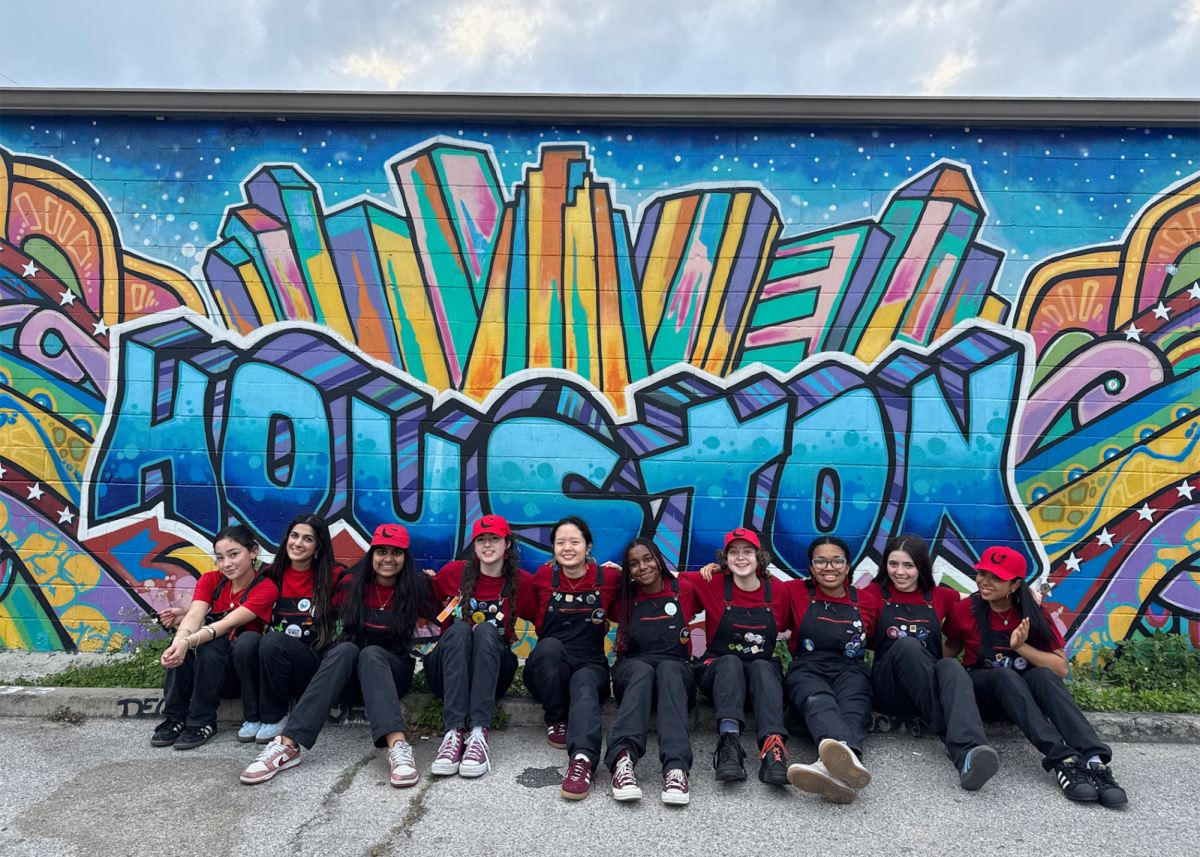Originating from Phi Beta Kappa, an organization founded to recognize the top students from universities across the United States, the Cum Laude Society became a part of secondary schools across the nation as early as 1906. Despite starting with a presence on the East Coast, the Cum Laude Society spread to the West and was added to Marlborough shortly after its founding date.
Marlborough’s graduating cum laude class consists of students within the top 20% of their grade’s weighted GPAs, inducted in the Fall and Spring of their senior year.
Previously, the school held the cum laude All-School Meeting (ASM) in which members of the society were publicly recognized. This was later replaced with a dinner for the students and parents. This dinner is a more private approach to acknowledge the students, with the hopes of not taking away from those who didn’t make cum laude.
“I think it was lovely to see everyone come together in celebration of each other,” Percy ’24 said. “It was great to be able to privately share that moment with my fellow classmates.”
This year’s dinner occurred on March 19 from 6-8 p.m. and was an opportunity for classmates to come together and commemorate the academic achievements of one another.
“It was a great opportunity to appreciate everyone’s hard work,” cum laude member Natalie ’24 said.
The dinner was planned by the Dean of External Student Programs Eric Reinholtz, who recognized that students may have feelings of inadequacy surrounding cum laude.
“One of the things we always talk about is, you know everybody works hard, but only a few students finally get to cum laude,” Reinholtz said. “Those students are not necessarily the best students in Marlborough, they’re not necessarily the smartest students in Marlborough, they’re the students who have achieved the highest grade point average in their courses.”
At the end of the year, the cum laude students are recognized at the Upper School awards ceremony, as well as denoted on the graduation program. However, other students are awarded distinctions based on athletic and personal achievements at the ceremony.
“We didn’t want to do it in the middle of the year because we thought, you know, there is a time for recognition, and that time is at the end when everybody can celebrate,” Reinholtz said.







